#platanthera orbiculata
Photo



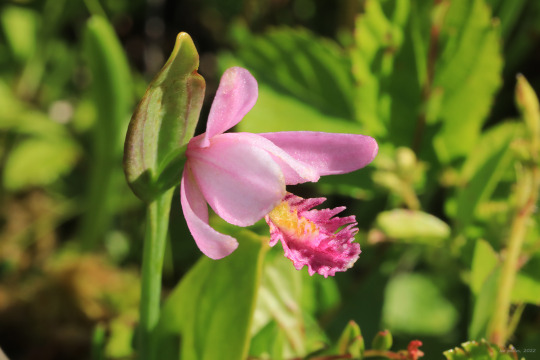
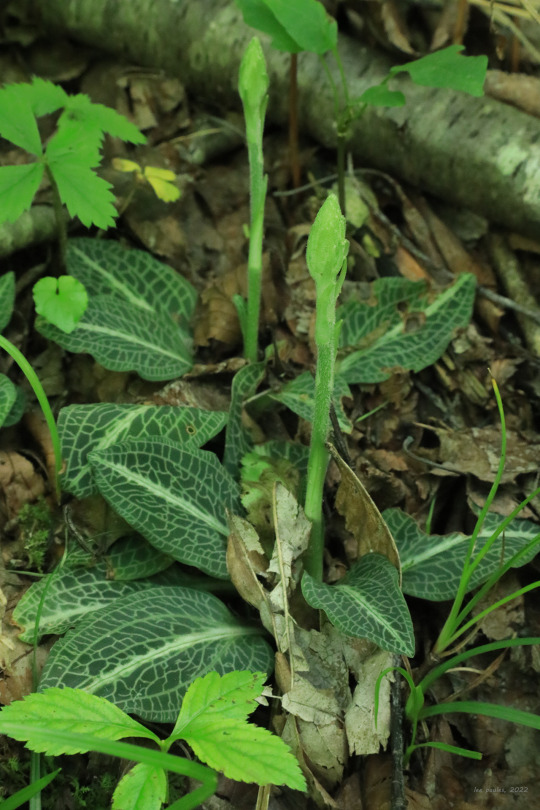

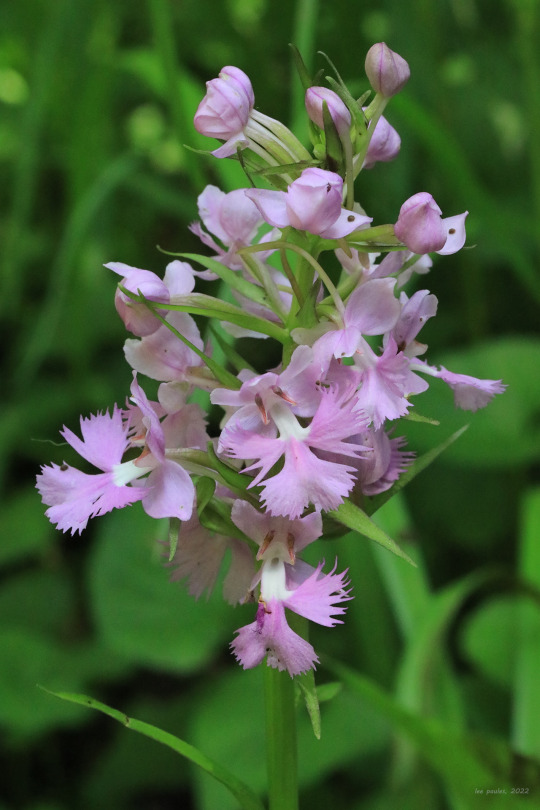

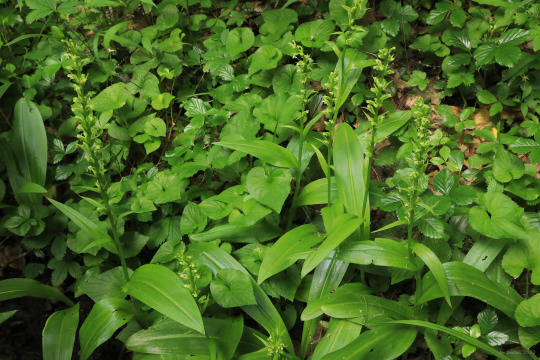

Orchid Collection from Cranberry Glades. From May through September, the high elevation sphagnum bogs and spruce-northern hardwood forests of the Allegheny Mountains produce a steady stream of terrestrial orchids. Prime time orchid season around Cranberry Glades is mid-June through early July, when the showiest orchids hit their peak. As a note, many of these orchids are wetlands-dependent and are endangered or threatened throughout much of their range due to habitat loss.
From top: grass pink (Calopogon tuberosus), unusual among orchids in that its lip is at the top of the flower, making it appear upside down; rose pogonia (Pogonia ophioglossoides), also known as snakemouth orchid due to its elaborate lower lip with pink and yellow-tinged teeth; downy rattlesnake plantain (Goodyera pubescens), a shade-tolerant woodland orchid that was just beginning to send up its flowering stalks; Round-leaved rein orchid (Platanthera orbiculata), or dinner-plate orchid, another terrestrial woodland orchid; large purple-fringed orchid (Platanthera grandiflora), or greater purple-fringed bog orchid, a tall, showy wetlands lover with a special fondness for damp seeps that get full or dappled sunlight; northern tubercled bog orchid (Platanthera flava), or pale green orchid, whose tiny flowers are distinguished by conspicuous bumps (tubercles) on their lower lips; and lily-leaved twayblade (Liparis liliifolia), a very unusual orchid whose flowers mimic the color of carrion to lure flies, which pollinate them.
#appalachia#vandalia#allegheny mountains#monongahela national forest#cranberry glades#cowpasture trail#sphagnum bog#orchidaceae#calopogon tuberosus#grass pink#pogonia ophioglossoides#rose pogonia#snakemouth orchid#goodyera pubescens#downy rattlesnake plantain#platanthera orbiculata#round-leaved rein orchid#dinner-plate orchid#platanthera grandiflora#large purple-fringed orchid#greater purple-fringed bog orchid#platanthera flava#northern tubercled bog orchid#pale green orchid#liparis liliifolia#lily-leaved twayblade#summer#flora#wildflowers
37 notes
·
View notes
Photo
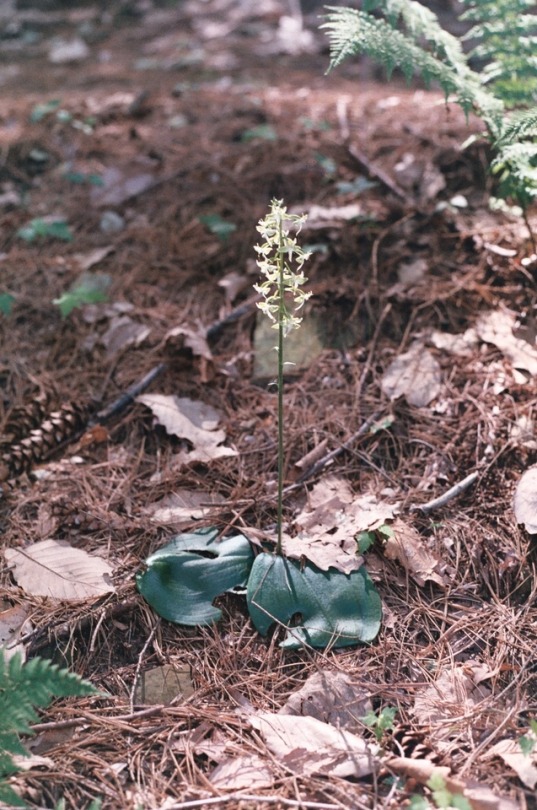
June 2018
Richland County, Ohio
2 notes
·
View notes
Photo
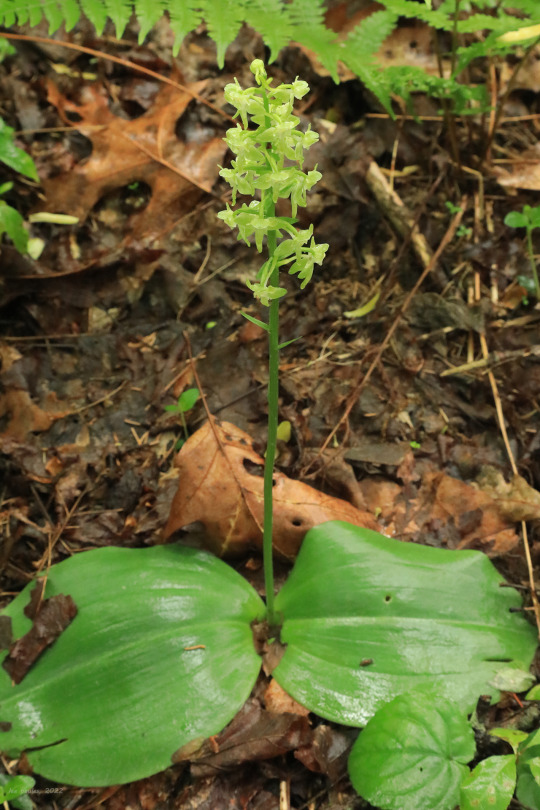

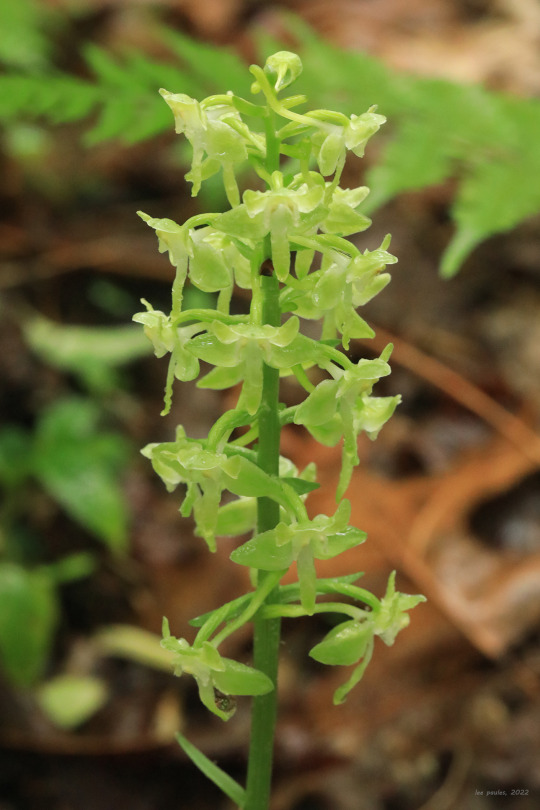
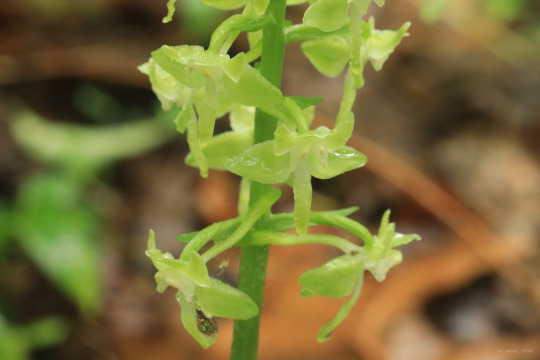

Round-leaved rein orchid (Platanthera orbiculata) is one of the great finds of Appalachia’s late spring woods. Although it has a wide distribution throughout Canada, the northern US, and the Appalachian Mountains, this tall, striking perennial is very picky about where it grows (shady bogs and upland pine woods) and is never abundant where it occurs. It’s also an elusive beauty, as its crane-like, creamy-green flowers blend in perfectly with the forest’s late spring greens. This orchid is immediately identifiable by its large, elliptical basal leaves, which rest flat against the ground. This feature leads to the plant’s more familiar name: dinner-plate orchid. What its flowers lack in bold colors they more than compensate for in their unusual form, most notably the somewhat-arched sepal that makes a hood over a pair of creamy-colored pollen sacs, which attract noctuid moths. Fortunately, I know a couple of spots in Coopers Rock State Forest where this orchid grows - it’s always a joy for me to find it in bloom.
#appalachia#vandalia#west virginia#spring#wildflowers#flora#orchidaceae#platanthera orbiculata#round-leaved rein orchid#dinner-plate orchid#dinner plate orchid#coopers rock state forest
37 notes
·
View notes
Photo
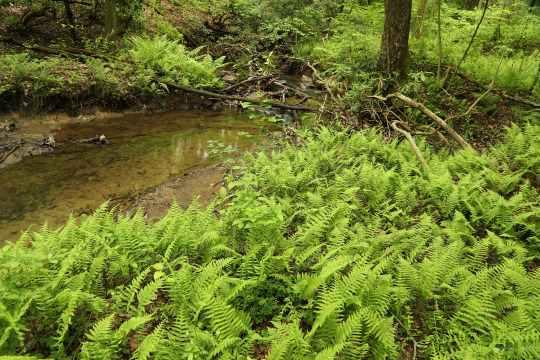

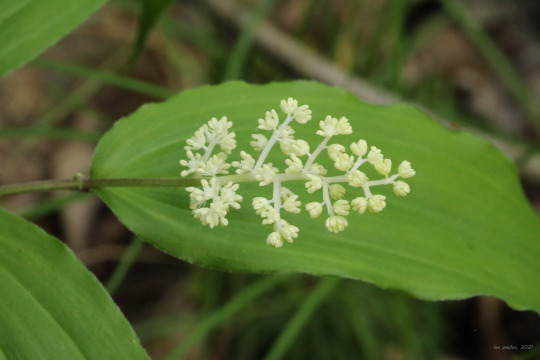

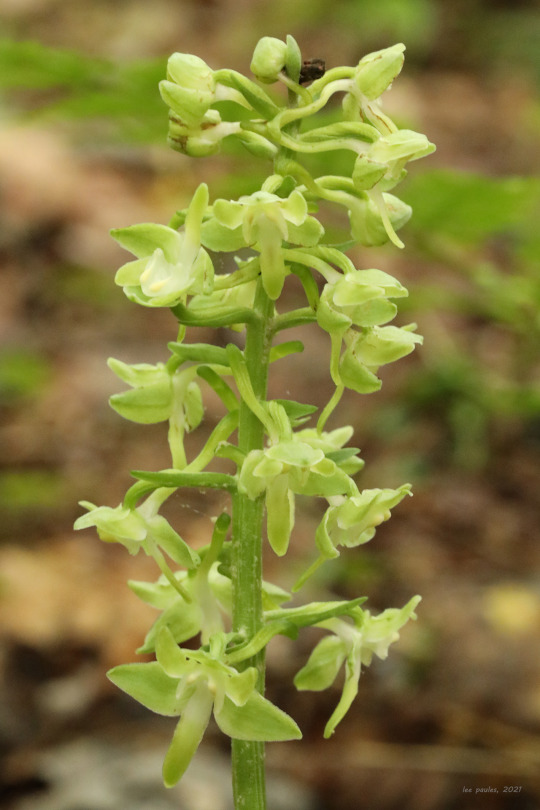
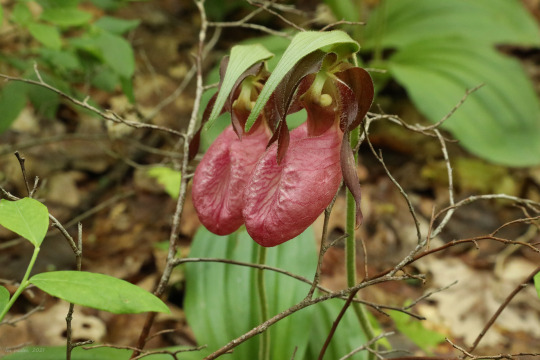
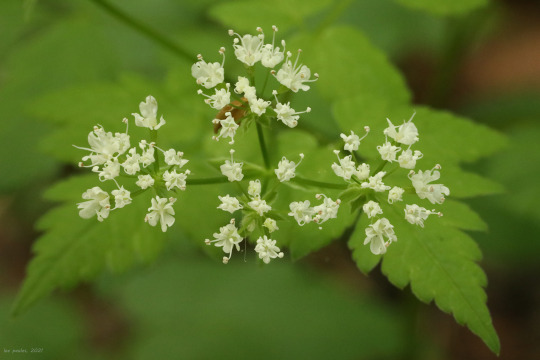
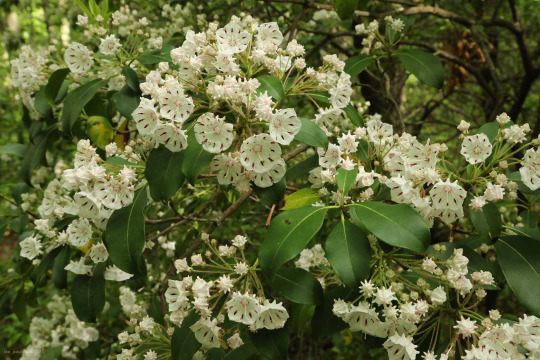

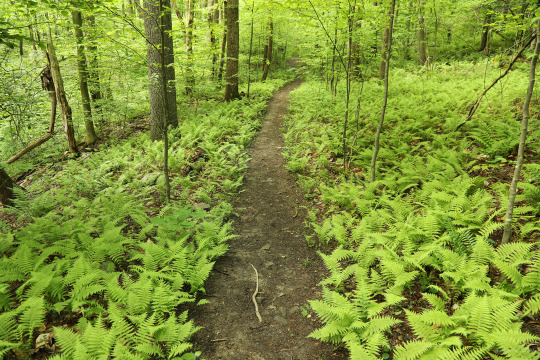
Take a walk with me, Part 2. Yet more wonders from my hike this morning: a juvenile American toad (Anaxyrus americanus); false Solomon’s seal (Maianthemum racemosum); smooth Solomon’s seal (Polygonatum biflorum); round-leaved orchid (Platanthera orbiculata); pink lady’s slipper orchid (Cypripedium acaule); longstyle sweetroot (Osmorhiza longistylis), also known as aniseroot; mountain laurel (Kalmia latifolia), just now coming into bloom; and birch polypore (Fomitopsis betulin).
#appalachia#vandalia#west virginia#spring#flora#wildflowers#temperate forest#hardwood forest#diversity#nature#coopers rock state forest#scott run trail#chestnut ridge#anaxyrus#american toad#maianthemum#false solomon's seal#polygonatum#smooth solomon's seal#platanthera#round-leaved orchid#cypripedium#pink lady's slipper#osmorhiza#longstyle sweetroot#aniseroot#kalmia#mountain laurel#fomitopsis#birch polypore
123 notes
·
View notes
Photo
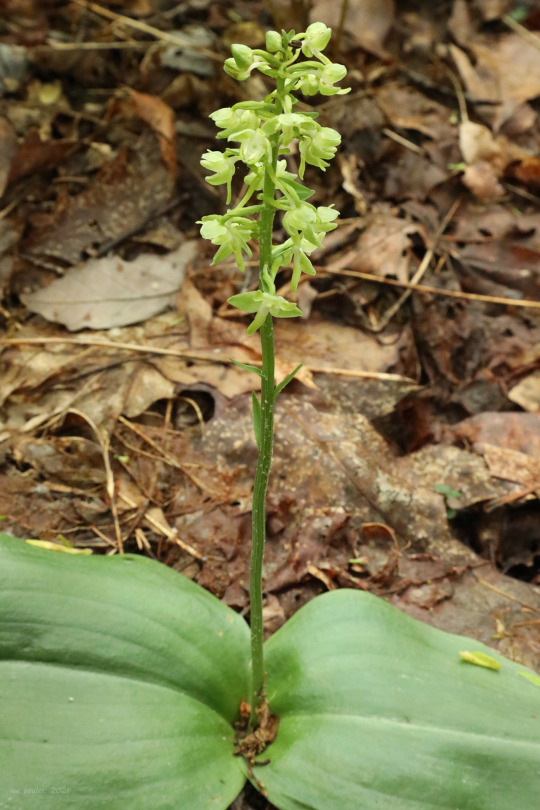
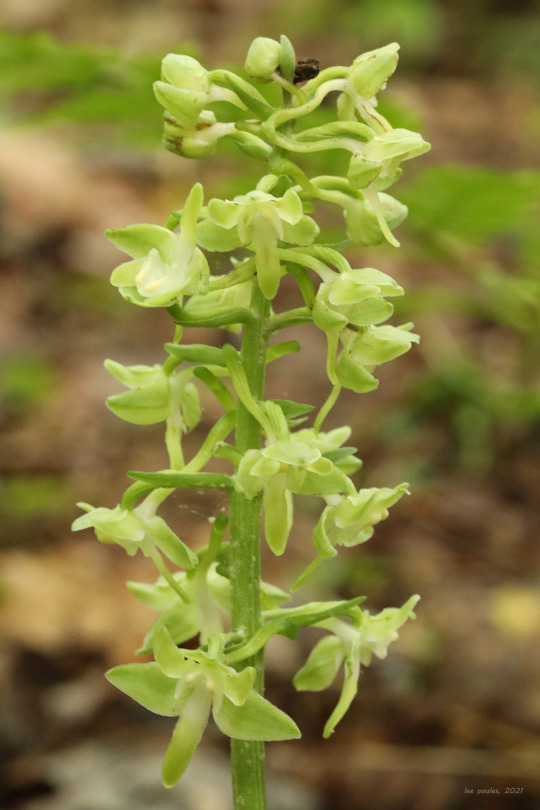
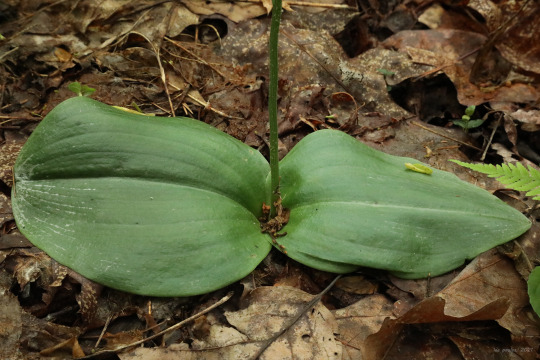
If round-leaved orchid (Platanthera orbiculata), also known as round-leaved rein orchid, is less conspicuous than some of its relatives in the late spring woods, it nonetheless possesses a graceful, elegant beauty befitting its elusive nature. This perennial herb, which grows in Appalachia’s wet, mountain woods and bogs, is immediately recognizable by a pair of enormous, elliptical basal leaves that lie flat on the ground - locals sometimes refer to it as dinner plate orchid due to the size of its leaves. When it’s ready to bloom in late May or June, round-leaved orchid produces a tall, erect raceme of up to 25 greenish-white, spurred flowers, which are quite complex when viewed close-up; they remind me of a flock of birds ascending into the forest canopy. Although the orchid has a wide distribution across Canada and the northern US and south along the crest of the Appalachians to North Carolina, it’s not common anywhere it occurs. Finding this beauty in bloom in the deep woods is a real treat. The photos above were taken at Coopers Rock State Forest.
#appalachia#vandalia#west virginia#flora#spring#wildflowers#orchidaceae#platanthera#round-leaved orchid#round-leaved rein orchid#dinner plate orchid#coopers rock state forest#chestnut ridge
57 notes
·
View notes
Photo
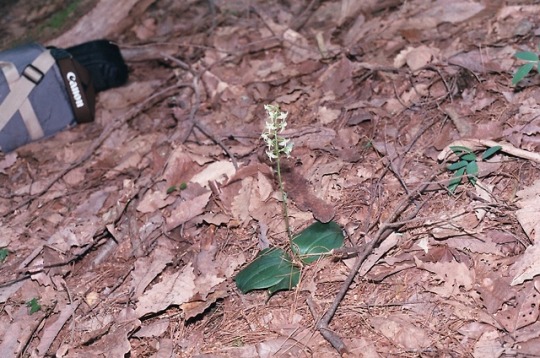
June 2018
Ashland County, Ohio
1 note
·
View note
Photo

May 2018
Richland County, Ohio
2 notes
·
View notes
Photo
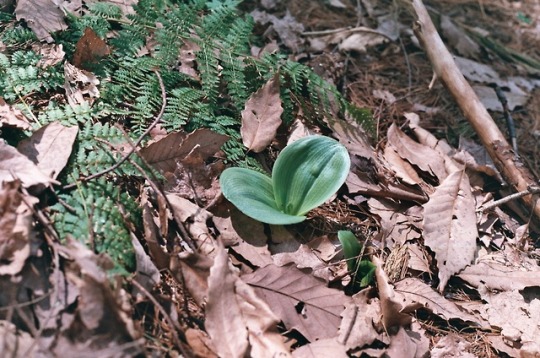
May 2018
Ashland County, Ohio
1 note
·
View note